- California-based farm-ng has raised a $10 million Series A round to deploy more of its modular robotics for small- and mid-sized farms.
- Acre Venture Partners led the round with participation from Xplorer Capital, HawkTower and 10 other institutional and individual investors.
- Funds will go towards building out more customer support and customer-facing features as well as new capabilities for farm-ng’s autonomous robots.
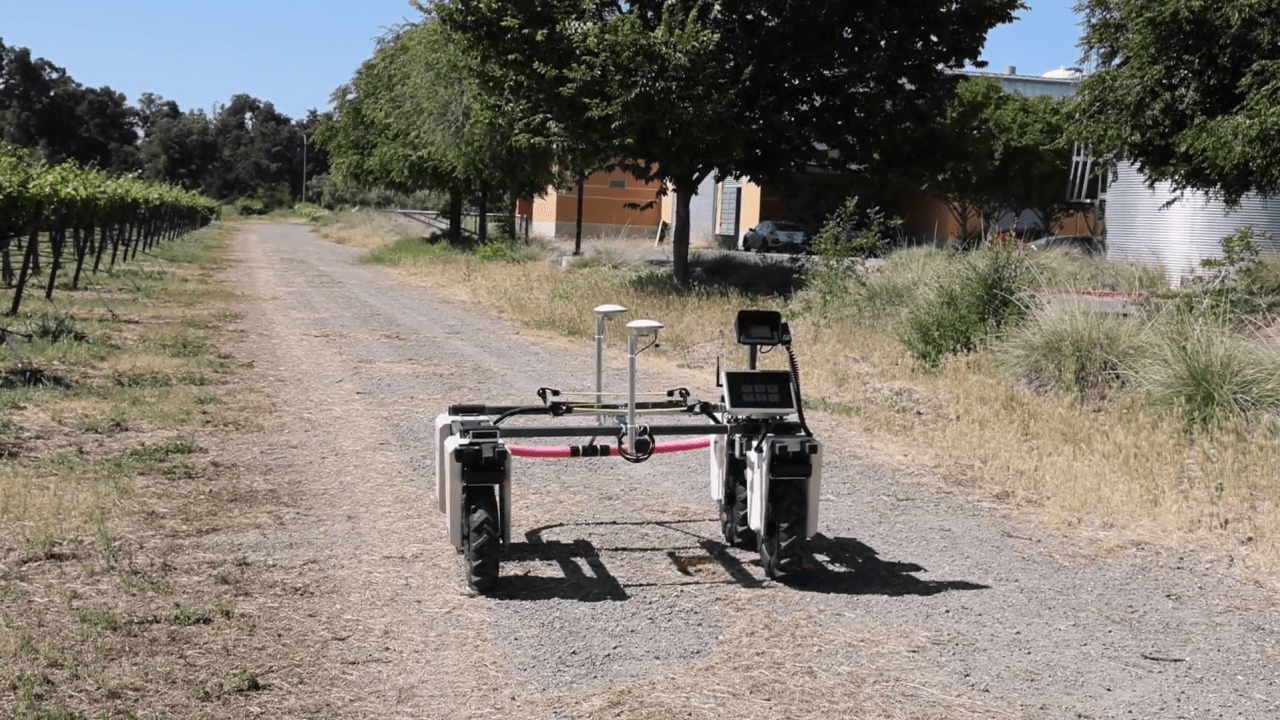
Lowering on-farm adoption — and innovation — barriers
“Where we really stand out is our modular system,” CEO Ethan Rublee says of farm-ng’s robot.
Dubbed “Amiga,” the autonomous machine can be adjusted to help humans with a range of tasks on the farm including soil preparation, planting, harvest and crop care, amongst others.
“This is a developer product and we view farmers as our customers, [along with] the research customers and the startup customers we serve that are all trying to build solutions.”
Farmers, after all, are historically innovators by necessity, from John Deere building a better plow to the scores of startup founders nowadays who grew up in ag and seek out new and better ways to farm.
The farm-ng crew wants to aid in that process, starting in Central California, which is home to the bulk of US specialty crop production and where farm-ng headquarters are located.
“We’re really focused on lowering the barrier for any farm to start innovating on top of robotics,” says Rublee. “We have really great documentation. We have high school and community college students building applications and working with farmers, so it’s a community-led innovation effort.”
The company has so far deployed over 100 Amigas to farmers and also works with large commercial operations like Western Growers, which uses farm-ng machines to collect data that’s then open-sourced to other developers and robotics companies. farm-ng also provides robotics for the Farm Robotics Challenge that invites students to innovate on ag robotics.
“By keeping the cost low and by starting in such a dense region of the specialty crops, we have really direct access to the community,” he adds.
“We like to ask ourselves, ‘What if you were inventing the tractor today? The video and computers and e-bike parts and lithium batteries. What would that tractor look like? We’re not afraid to ask that question.”
The machine’s modularity also lends itself to what CTO Claire Delaunay calls “the diversity of environment and practices required to grow food.”
This diversity has been one of the biggest challenges for getting more automation into specialty crops with smaller acreage.
“It’s really important to design AI interfaces that are actually collaborative, and not completely autonomous without any single intervention,” she adds. “It sounds like a small distinction, but it actually has a lot of implication on how you develop software. That’s something we already discovered with our first iteration and definitely something that we want to pursue in our test farms. It’s going to change the way we use robots and actually make them very useful.”

Starting small
Amiga is by design small and cheaper than many ag robotics offerings. Clocking in at just 320 pounds, the lightweight machine costs just south of $13,000. (Average spend on automation for larger farms was $500,000 in 2022.)
Size and price point are both meant to appeal to the smaller-scale growers, says Rublee, who talks of “making this appropriate for small-scale growers in terms of capital expenditure and utility.”
“We’ve found that having a one- to two-horsepower platform that’s easy to use by anyone on the farm crew, means they’ll come up with the use cases and they’ll start adopting it.”
“By going to lower costs, mechanization and kind of the appropriate level of autonomy on the software side, we can start to allow those farmers to implement more agile processes.”
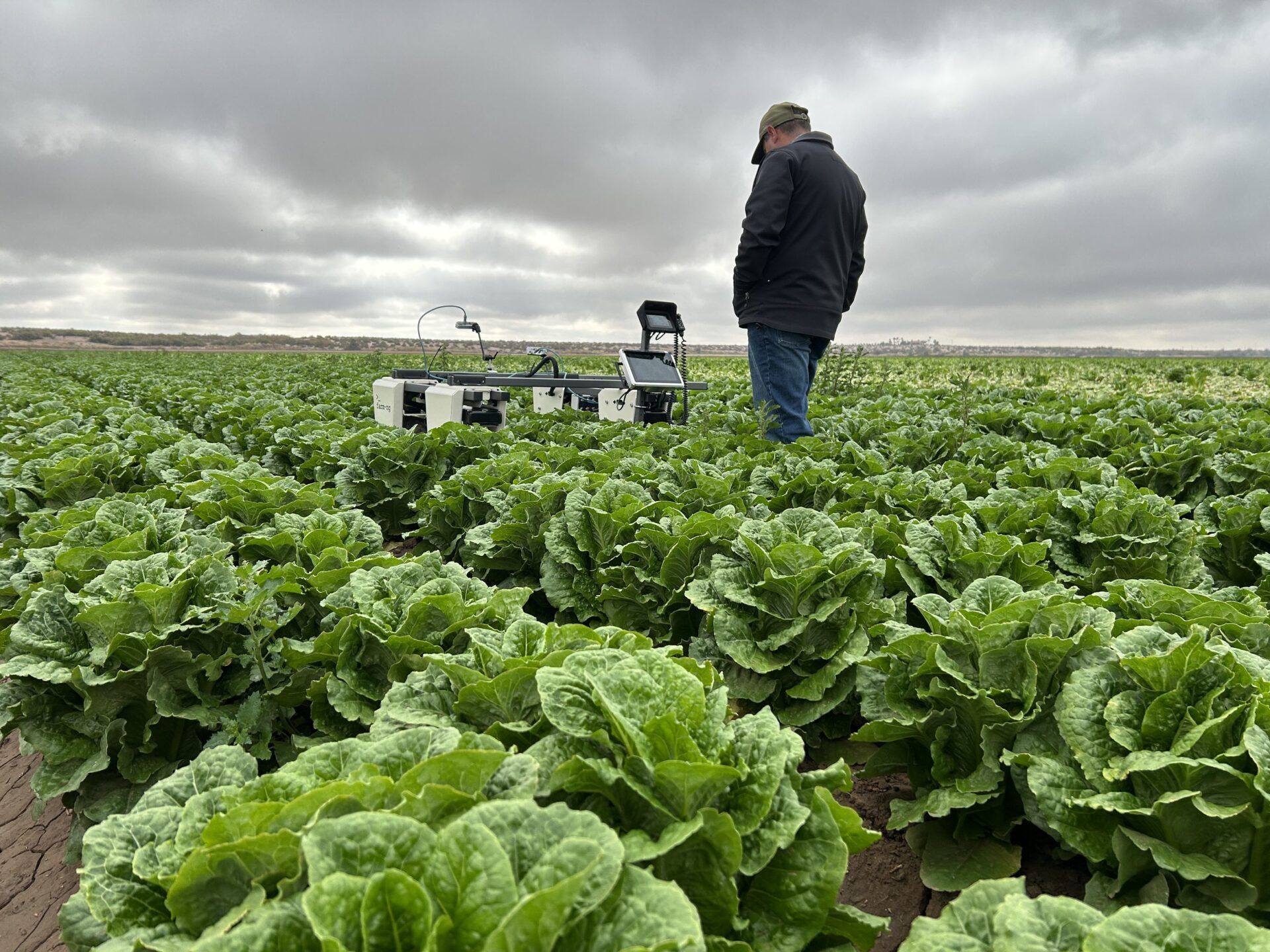
Maturing the organization
Series A funds will primarily “mature the organization,” says farm-ng COO Brendan Dowdle.
“We found the product-market fit with small and medium customer base. Now what we’re looking to do is kind of scale the organization to essentially get more robots out in the field with our customers.”
Funds will also assist in building “a go-to-market machine,” which he says will be a sales and marketing arm that can “not only get robots in the field but appropriately service those robots on behalf of our customers.”
“One of the things we see with our customers is once they do adopt the robot, it becomes an integral part of their workflows,” he adds. “Having a support organization that can respond to customer needs, and potentially be onsite within an hour if there’s an issue is something, that’s very important.”
He adds that farm-ng will also use the new funds to build additional capabilities and more use cases for its robots.
“We will be iterating upon and coming up with a new version of of the robot that can be leveraged across a wider set of use cases,” he says. “That’s something that the team the team is actively working on.”

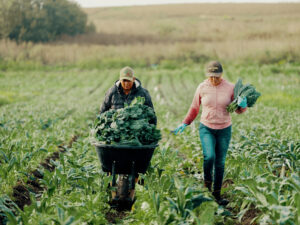

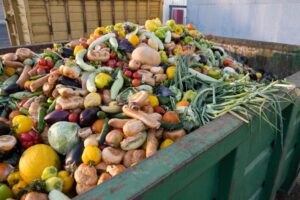
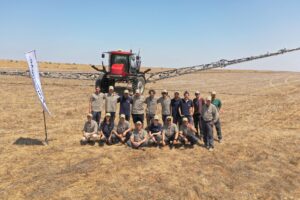











Sponsored
International Fresh Produce Association launches year 3 of its produce accelerator